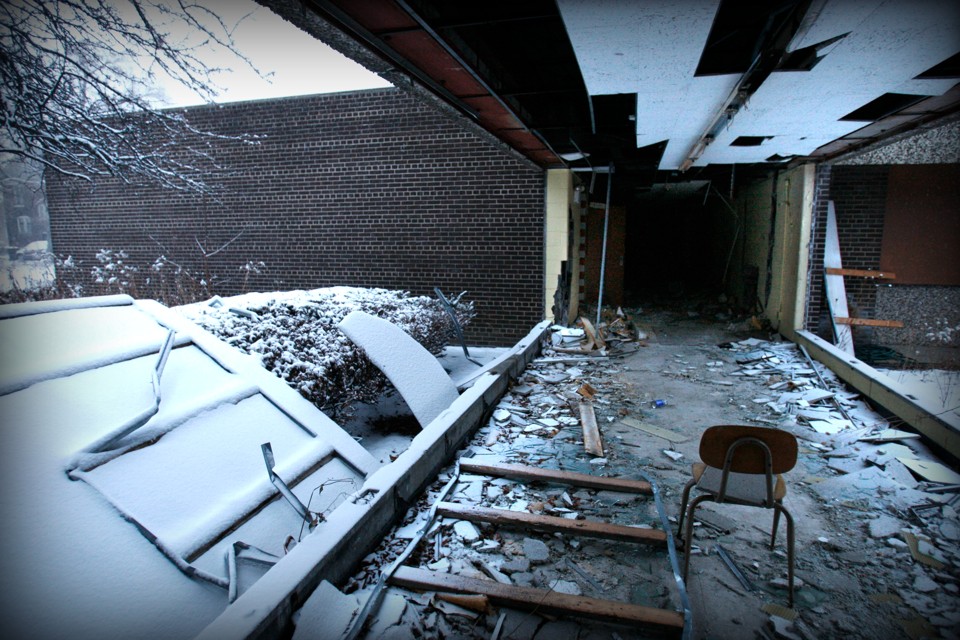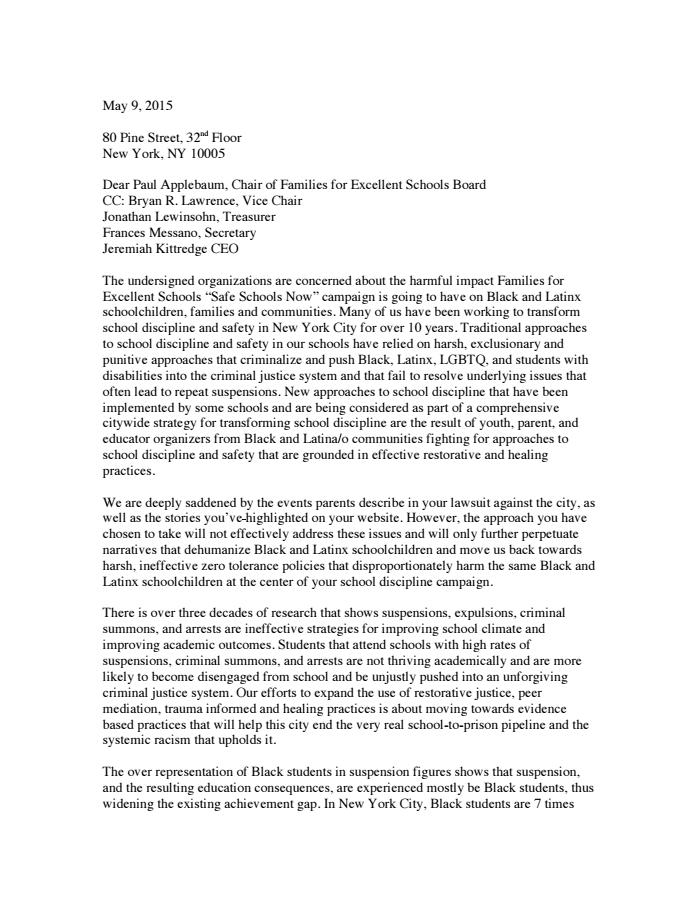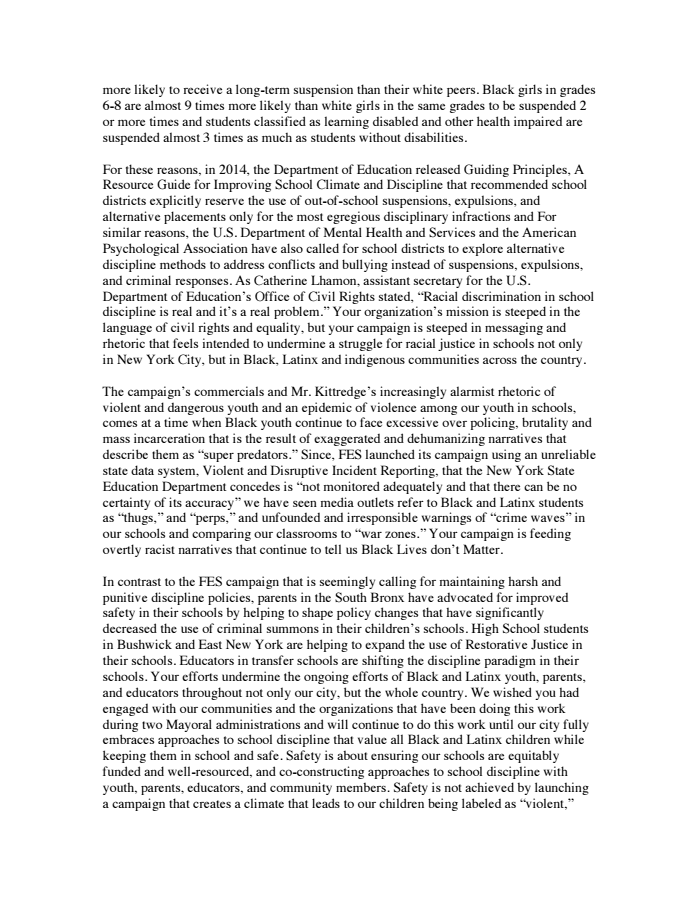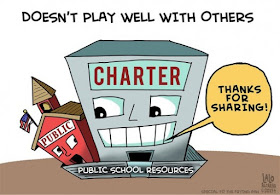Hedge Fund Underwrite Political Networks to Privatize K-12 Public Education
Who says Democrats and Wall Street don't get along?
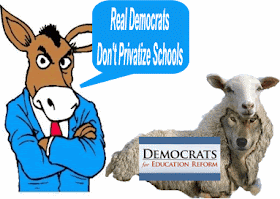
Not too long ago, school board races were quaint affairs. Even in big school districts, candidates usually only had to raise a few thousand dollars to compete.
But as the movement to marketize public education gained momentum, advocates broadened their focus from the federal level to state and local governments. There, where campaign costs were substantially lower than in federal elections, the well-funded movement could more effectively leverage its political money.
One of the starkest casualties of that strategic shift has been the American school board election. A network of education advocacy groups, heavily backed by hedge fund investors, has turned its political attention to the local level, with aspirations to stock school boards—from Indianapolis and Minneapolis to Denver and Los Angeles—with allies.
In recent years, this powerful upstart operation has had tremendous, albeit somewhat stealthy, success playing politics at the local level, by cultivating reform leaders in areas with disappointing schools and a baseline desire for change. They have looked to building a state philanthropic infrastructure that can sustain local efforts beyond one election.
The same big-money donors and organizational names pop up in news reports and campaign-finance filings, revealing the behind-the-scenes coordination across organizational, geographic, and industry lines. The origins arguably trace back to Democrats for Education Reform, a relatively obscure group founded by New York hedge funders in the mid-2000s.
The Hedge Fund Connection
The hedge fund industry and the charter movement are almost inextricably entangled. Executives see charter-school expansion as vital to the future of public education, relying on a model of competition. They see testing as essential to accountability. And they often look at teacher unions with unvarnished distaste. Several hedge fund managers have launched their own charter-school chains. You’d be hard-pressed to find a hedge fund guy who doesn’t sit on a charter-school board.
Consider Whitney Tilson. Straight out of Harvard, Tilson deferred a consulting job in Boston to become one of Teach For America’s first employees in 1989. Ten years later, he started his own hedge fund in New York. Soon after that, Teach For America founder Wendy Kopp took him on a visit to a charter school in the South Bronx. It was an electrifying experience for him. “It was so clearly different and so impactful,” Tilson says. “Such a place of joy, but also rigor.”
The school was one of two original Knowledge Is Power Program schools—better Hedge Fund Underwrite Political Networks to Privatize K-12 Public Education | Alternet:





